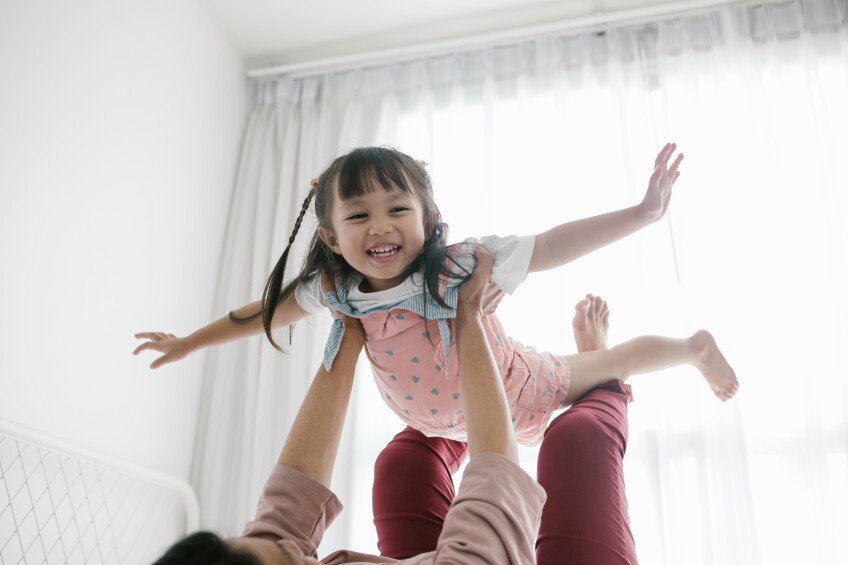Beat the Heat: 4 Indoor Games to Keep Kids Learning in Summer

One morning my preschooler walked into the kitchen wearing a colorful outfit and shouted, “ladies and gentlemen, this way to the carnival.” Using her imagination and harnessing her newfound sense of independence, she set up an indoor carnival with wild stuffed animals and games. At this moment, my daughter took the lead in setting up an indoor family experience while I added the math.
Children can find inspiration to engage their imagination over the summer. Grownups can harness this creative thinking by giving young children the time, space and independence to try new ideas, says The National Association for the Education of Young Children. But these learning experiences are also essential for preventing the “summer slide,” or the loss of math and other academic skills over the summer when children are not in school. Research out of Harvard Graduate School of Education shows that children can lose up to 27% of the math knowledge they gained in the school year over the summer.
Adding math talk to your summer play time can boost early math skills like number sense, spatial awareness and shape identification. Here are four low-cost indoor games that blend early math and pretend play.
1. Ring Toss
Head to the carnival! Set six to eight repurposed plastic containers (water bottles, condiment bottles and soap dispensers) in a diamond or block formation. Encourage your children to set up the bottles in different shapes. Then trace and cut ring shapes from repurposed cardboard (hair ties or pool rings also work well).

Toss the rings, aiming to land on top of the containers. Use location and position (spatial) words like over, next to and under to describe where the rings landed. Afterward, count and compare how many made it and how many are on the ground.

2. Hot-and-Cold Hidden Treasure
In this simple pretend play game, one player hides a specific object around the house, and the other players search to find the hidden treasure. Top: Choose a medium-sized, non-breakable object as the treasure. Add math by giving positional directions to the treasure seekers. Say “hotter” when moving closer and “colder” when moving further from the treasure. You might provide spatial clues such as, “the treasure is located under something blue” or “look above a chair” to help guide their search and build their awareness of how objects are positioned.
3. Floor is Lava
Don’t touch the ground in this imaginative game! Set up pillows, blankets, or couch cushions across the floor with the goal of hopping, skipping or leaping from one corner of the room to another without touching the floor. As you arrange the spaces in different shapes, talk about the position of the objects in relation to each other. Point out strategies such as “jump to the left” or “hop across to the right” to reinforce spatial awareness. Count aloud the number of steps each player takes to reach the other side.
4. Math Musical Chairs
Have a concert right in your house! A classic party game, musical chairs is a numbers game. To start, place chairs in a line or other formation, talking aloud about any patterns or shapes in the arrangement. Use one fewer chair than the number of players. Count the number of players and chairs, compare the totals and ask questions like, “which has less, chairs or players?” Then, play some favorite family songs on your phone as the players walk around the chairs. When the music stops, each player must find a seat. Whoever is left standing is out for the round. Reinforce how the two groups — chairs and players — are more/less than each other.
Whether playing, pretending or dancing, indoor fun can develop early learning math skills over the summer as kids slide into the next school year.


